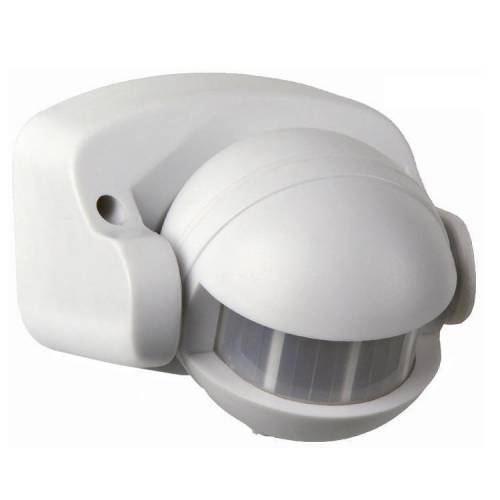
Physics, 21.10.2020 14:01 bossboybaker
A student must determine the relationship between the inertial mass of an object, the net force exerted on the object, and the object’s acceleration. The student uses the following procedure. The object is known to have an inertial mass of 1.0kg .
Step 1: Place the object on a horizontal surface such that frictional forces can be considered to be negligible.
Step 2: Attach a force probe to the object.
Step 3: Hang a motion detector above the object so that the front of the motion detector is pointed toward the object and is perpendicular to the direction that the object can travel along the surface.
Step 4: Use the force probe to pull the object across the horizontal surface with a constant force as the force probe measures force exerted on the object. At the same time, use the motion detector to record the velocity of the object as a function of time.
Step 5: Repeat the experiment so that the object is pulled with a different constant force.
Can the student determine the relationship using this experimental procedure?
Answer choices:
A) Yes, because Newton’s second law of motion must be used to determine the acceleration of the object.
B) Yes, because the net force exerted on the object and its change in velocity per unit of time are measured.
C) No, because the motion detector should be oriented so that the object moves parallel to the line along which the front of the motion detector is aimed.
D) No, because knowing the net force exerted on the object and its change in velocity per unit of time is not sufficient to determine the relationship.

Answers: 1
Another question on Physics

Physics, 21.06.2019 22:30
The of a machine determines its "usefulness." a. input force b. output force c. mechanical advantage
Answers: 2

Physics, 22.06.2019 07:30
Some material consisting of a collection of microscopic objects is kept at a high temperature. a photon detector capable of detecting photon energies from infrared through ultraviolet observes photons emitted with energies of 0.3 ev, 0.5 ev, 0.8 ev, 2.0ev, 2.5ev, and 2.8ev. these are the only photon energies observed. (a) draw and label a possible energy-level diagram for one of the microscopic objects, which has four bound states. on the diagram, indicate the transitions corresponding to the emitted photons. explain briefly. (b) would a spring–mass model be a good model for these microscopic objects? why or why not? (c) the material is now cooled down to a very low temperature, and the photon detector stops detecting photon emissions. next, a beam of light with a continuous range of energies from infrared through ultraviolet shines on the material, and the photon detector observes the beam of light after it passes through the material. what photon energies in this beam of light are observed to be significantly reduced in intensity (“dark absorption lines”)? explain briefly.
Answers: 3

Physics, 22.06.2019 07:30
Identify the theory that can be used to explain each phenomenon. answers diffraction: wave theory interference: wave theory reflection: both particle and wave theories refraction: both particle and wave theories
Answers: 3

Physics, 22.06.2019 10:30
An insulated 40 ft^3 rigid tank contains air at 50 psia and 120°f. a valve connected to the tank is now opened, and air is allowed to escape until the pressure inside drops to 25 psia. the air temperature during this process is kept constant by an electric resistance heater placed in the tank. determine the electrical work done during this process.
Answers: 2
You know the right answer?
A student must determine the relationship between the inertial mass of an object, the net force exer...
Questions


English, 29.10.2020 01:00

Arts, 29.10.2020 01:00



History, 29.10.2020 01:00

Law, 29.10.2020 01:00

Physics, 29.10.2020 01:00


English, 29.10.2020 01:00

Mathematics, 29.10.2020 01:00


Mathematics, 29.10.2020 01:00


Biology, 29.10.2020 01:00

Chemistry, 29.10.2020 01:00

Mathematics, 29.10.2020 01:00

Biology, 29.10.2020 01:00

Social Studies, 29.10.2020 01:00




